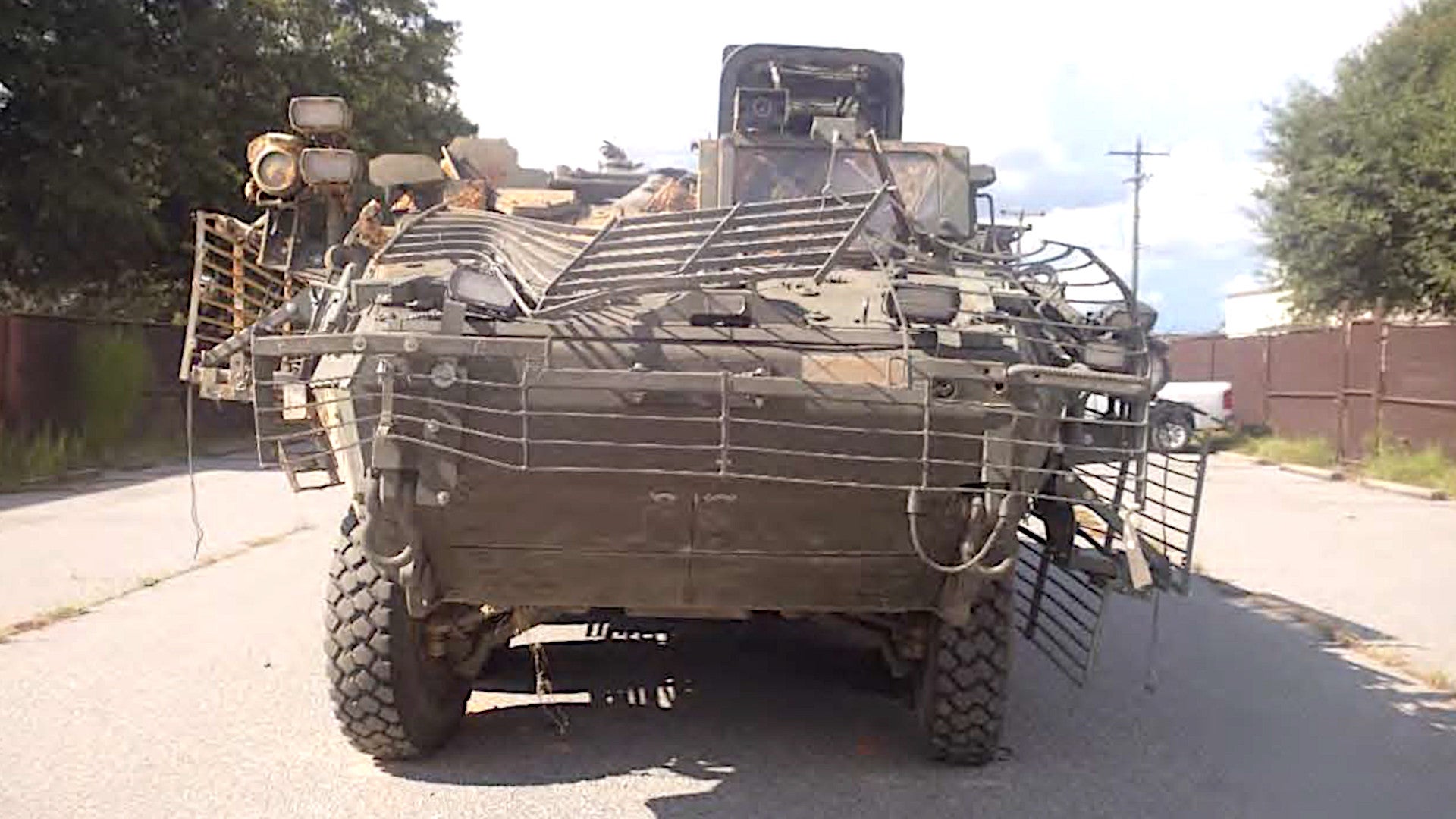The member of the U.S. Army’s elite 75th Ranger Regiment involved in a fatal vehicle accident last year died after he fell out of his Stryker wheeled armored vehicle when it rolled into a ditch more than 40 feet deep during a training exercise. The vehicle eventually came to rest on top of him. The Rangers have been employing the 8×8 Strykers for nearly 15 years now, but the special operations unit’s use of the vehicles became more widely known after a particularly visible deployment to Syria in 2017.
U.S. Army Special Operations Command first announced the death of 1st Lieutenant Connor Bednarzyk, a 25-year old originally from Virginia, in an unspecified “single tactical vehicle accident” on Sept. 10, 2018. The actual accident had occurred three days earlier on a training range at Fort Benning, Georgia, which is where the 75th is based. Bednarzyk’s had received his first assignment in 2016 as an infantry officer in the 4th Infantry Division, before joining the Rangers. Records show that he had deployed briefly to Afghanistan earlier in 2018.
Bednarzyk’s formal position at the time of the accident was as the leader of 2nd Platoon, Company E, 3rd Battalion, 75th Ranger Regiment. Company E is the Forward Support Company (FSC) for 3rd Battalion and 2nd Platoon handles distribution of supplies, such as fuel, water, and ammunition, and performs various transportation functions.
The accident report, a redacted copy of which The War Zone obtained via the Freedom of Information Act, notes that Ranger FSCs are unique in that the individuals assigned to many of the traditional support positions are in fact qualified as infantrymen, known the Army by the Military Occupation Specialty (MOS) code 11B, giving them a more multi-purpose character. In addition, battalions would often use personnel and vehicles, such as Strykers, assigned to the FSCs to provide Ground Assault Force (GAF) packages to move Rangers to and from their objectives.
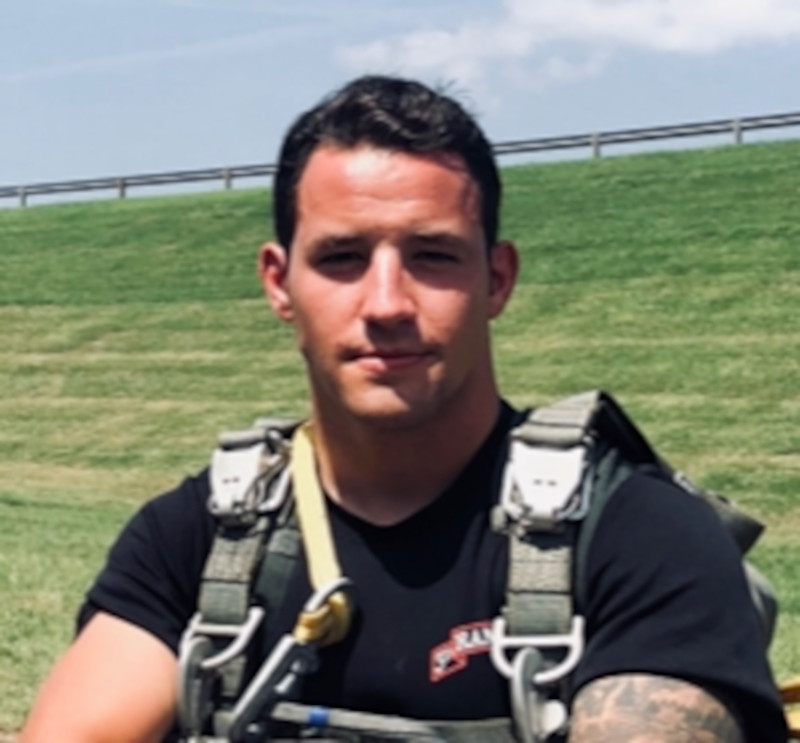
During the training exercise in September 2018, Company E provided two GAFs, each with four M1256 Strykers. A four-Stryker GAF could carry a single Ranger platoon.
The M1256 variant is infantry carrier version of the newer Double-V Hull (DVH) Stryker, which, as the name implies, has an improved V-shaped underbelly to better deflect the blasts from improvised explosive devices and mines and protect the occupants inside. The Ranger first began using the original M1126 infantry carrier variant in 2005.
At the time of the accident, Bednarzyk was acting as the vehicle commander of one of the M1256s. The vehicle was riding in also had the driver and a radio telephone operator (RTO) to handle communications.
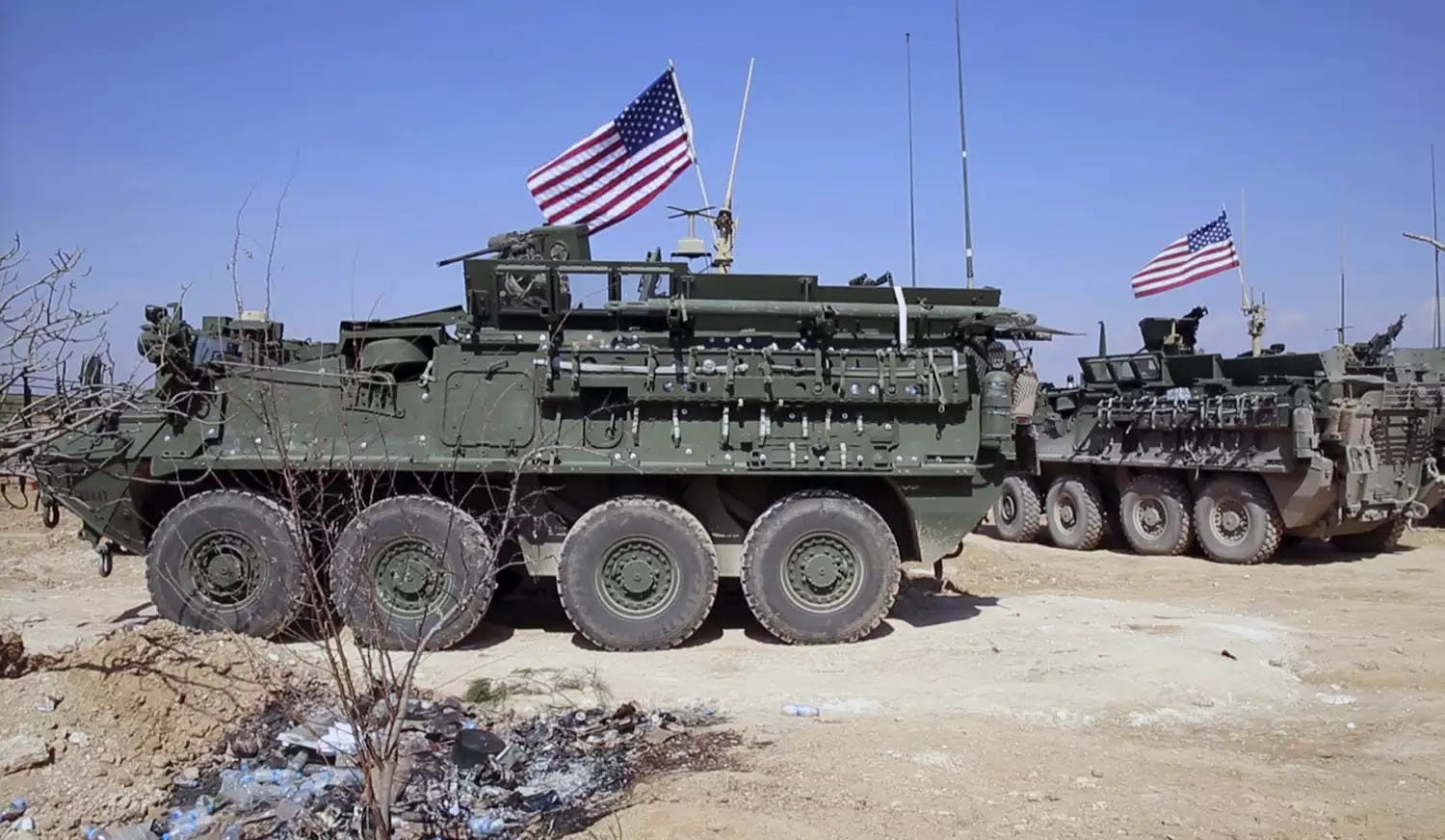
Sept. 7 marked the third day of GAF training exercises as part of a larger pre-deployment exercise. At approximately 9:00 PM local time, Bednarzyk’s Stryker and three other M1256s deposited Rangers from Company C, 3rd Battalion, 75th Ranger Regiment for nighttime exercise at the designated drop off point within Fort Benning’s Digital Multipurpose Range Complex (DMPRC) without issue. They then turned around and began to drive back to their staging area in the dark.
Less than 10 minutes after dropping off the Rangers, Bednarzyk’s vehicle began to drift and subsequently veered off the right-hand shoulder of the road, rolling into a 41-foot ditch. The 1st Lieutenant, standing in the commander’s position, was thrown from the vehicle. The 20-ton armored vehicle rolled over, sustaining significant external damage, and came to rest on top of him.
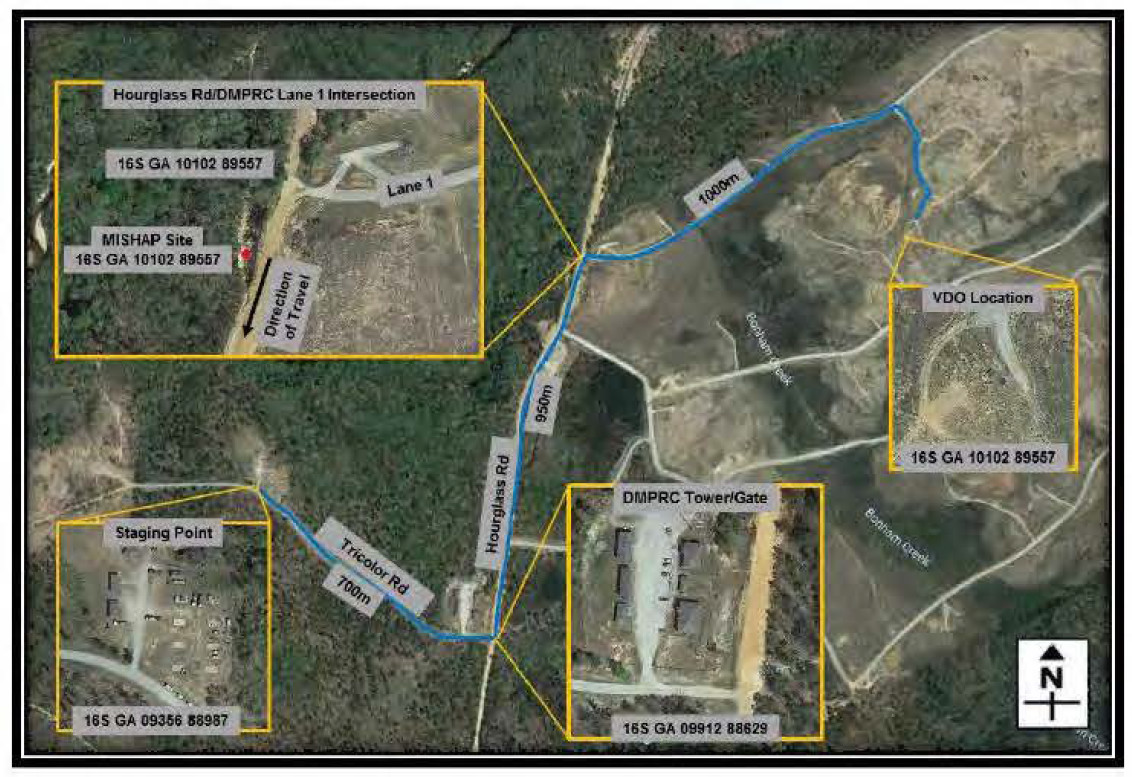
The driver and RTO remained secured in the vehicle and were able to dig themselves out with what appear to have been only minor injuries and began to call for medical help and search for Bednarzyk in the dark. They eventually found him, unresponsive and without a pulse, pinned under the vehicle. At almost 10:00 PM, emergency medical personnel arrived on the scene and spent approximately 20 minutes attending to the Lieutenant before pronouncing him dead at the scene.
It remains unclear exactly what led to the accident itself. The Army’s five findings and accompanying recommendations are entirely redacted under an exemption to the FOIA that allows U.S. government agencies to legally withhold information because it discusses ongoing internal matters and because releasing the details might prejudice the final outcome. It also allows them to do so if the information might give an inaccurate impression about whether or not the U.S. government intends to pursue a particular course of action. But it’s also a mechanism that agencies so routinely abuse to conceal controversial or embarrassing information that experts have dubbed it the “withhold it because you want to” exemption.
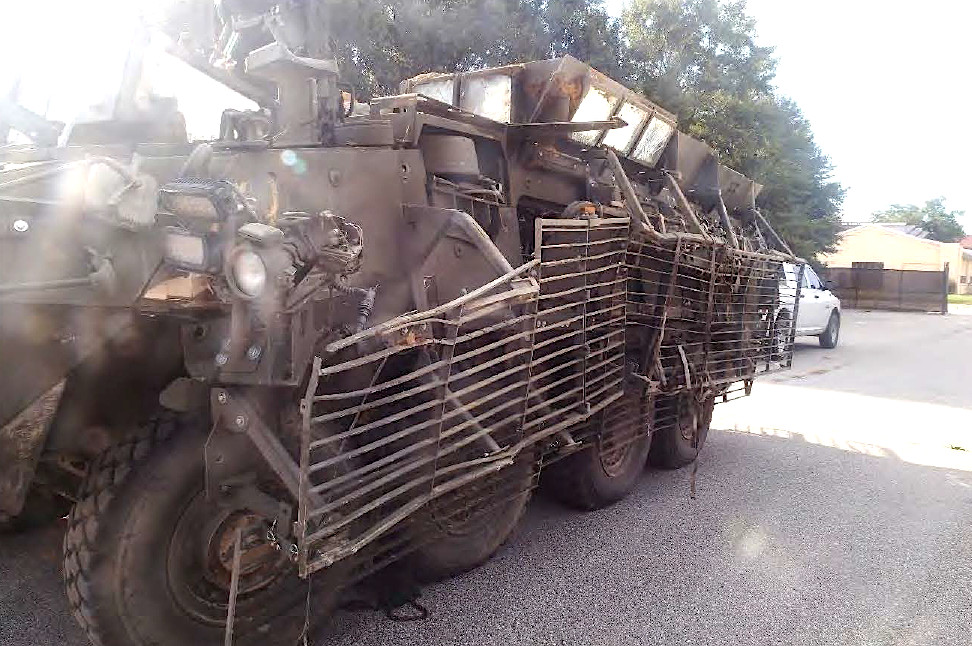
In 2016, the Army had begun testing an improved DVH Stryker design with improvements to increase engine power and other performance. The DVH Strykers are heavier than the original design. The upgrades improved mobility while driving up and down steep grades, according to a 2017 report from the Pentagon’s Office of the Director of Operational Test and Evaluation. Bednarzyk’s Stryker was one of the earlier models, but was also driving on a relatively level roadway at the time.
As a wheeled vehicle, the Stryker does have higher ground pressure than its tracked counterparts and it is not uncommon to hear about the vehicles getting stuck in the sand, mud, and other soft terrain. “Our initial understanding is that the vehicle drifted right under Iimited visibility (dusty, dark, white Iights on) and a soft shouIder collapsed under the weight of the vehicle,” the Army’s report says, suggesting this may have been a factor in the accident.
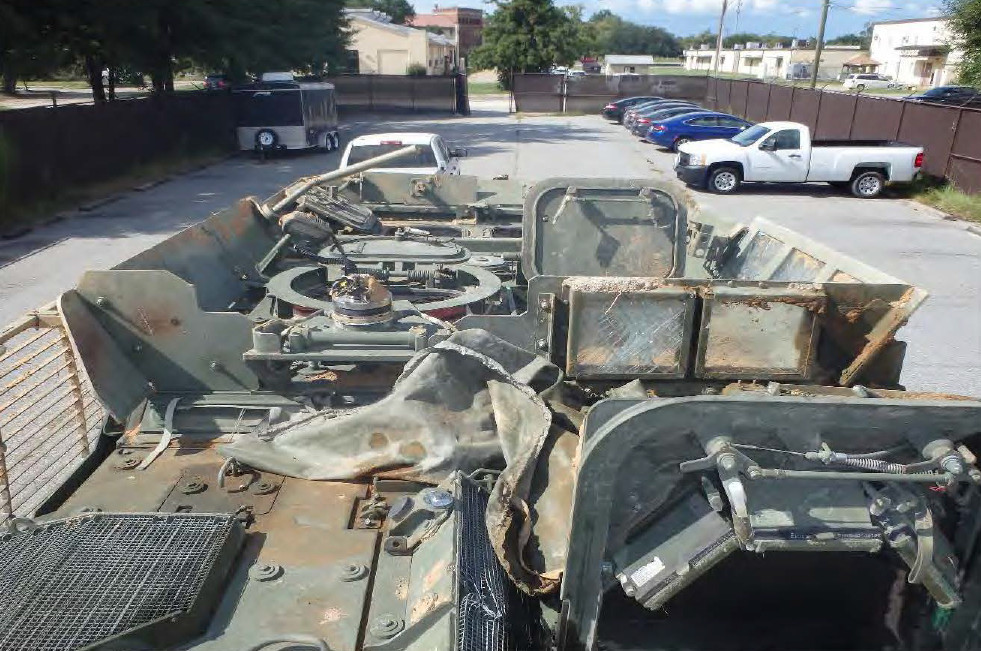
Strykers also have a high center of gravity and the danger of rollovers, especially when traveling at higher speeds, is well known. In the mid-2000s, the Army instituted new driver training requirements and added improved safety features, including new seatbelts, to help mitigate these issues.
It is also not clear how much experience Bednarzyk, or the vehicle’s driver, had with the Stryker, in general, or the DVH model specifically. Bednarzyk’s time in the 4th Infantry Division had been with a dismounted infantry unit. The Army’s accident report also notes that Company E only received the Strykers between January and February 2018, specifically for the exercise. The support company personnel received training on how to operate them between April and May 2018, as well as a course on how to employ the vehicle’s remote weapon station in July.
Still, it is important to note that the GAF had conducted day and night maneuvers on Sept. 5 and 6 without any issues. But that the Army had five major findings and had recommendations about how to deal with each one of them does indicate that there was at least some combination of procedural or technical issues that became apparent after the accident.
Regardless, the accident also shines a light on the regular integration of Strykers into Ranger operations, though one might not think of armored vehicles as being a feature in special operations forces missions. These can be especially valuable in areas where there is a greater threat from conventional forces armed with heavier weapons. As noted, in 2017, Ranger Strykers appeared in and around the contested city of Manbij in northern Syria, where they provided a buffer between Turkish troops and local Kurdish forces and also helped shield the latter from forces aligned with Syrian dictator Bashar Al Assad.

These Strykers also simply represent the vast majority of the traditional armored vehicles organic within the U.S. special operations community. Army Special Forces units have a much smaller fleet of 6×6 Pandur armored vehicles, also known as Armored Ground Mobility Vehicles, though they are now working to acquire a replacement design.
Hopefully, the Army has learned valuable lessons from the accident that claimed Bednarzyk’s life and has been able to implement any necessary changes to help prevent similar Stryker mishaps from occurring in the future.
Contact the author: joe@thedrive.com
